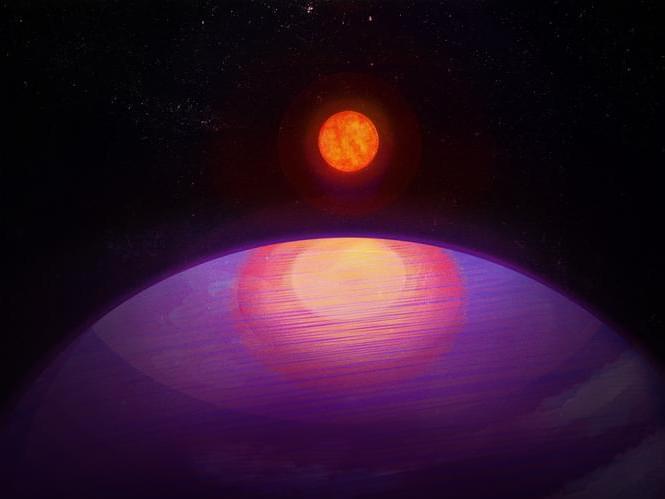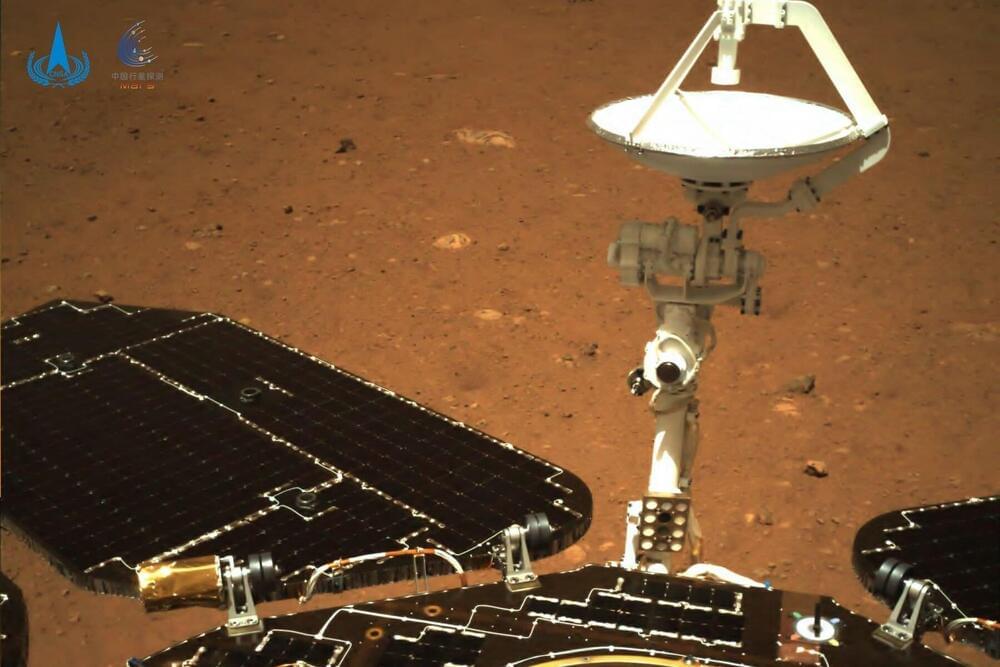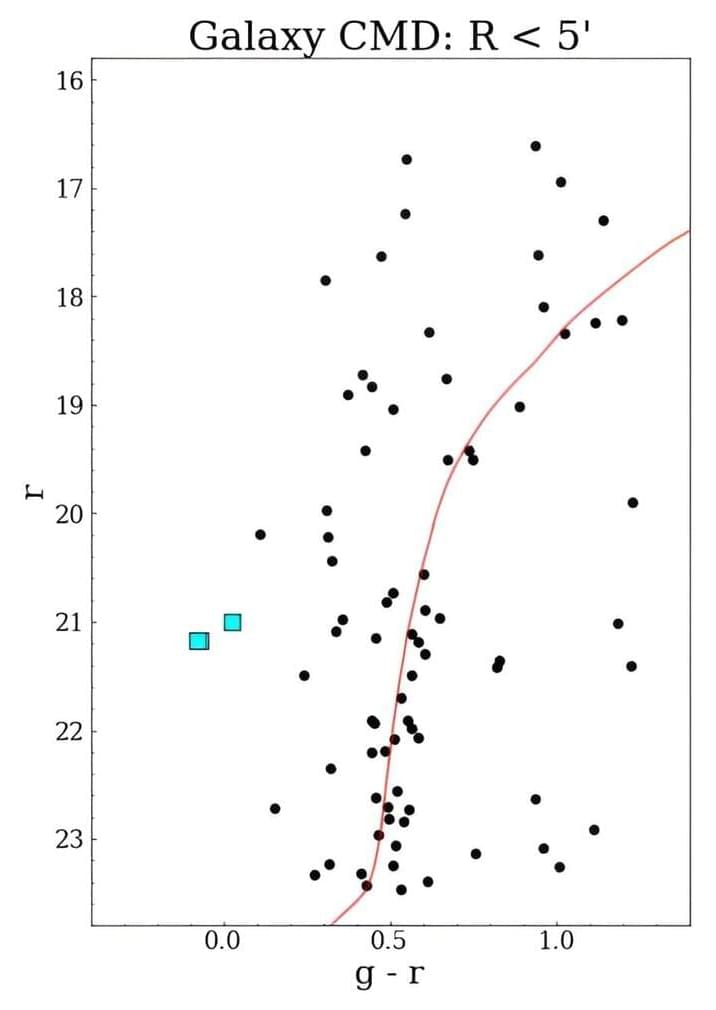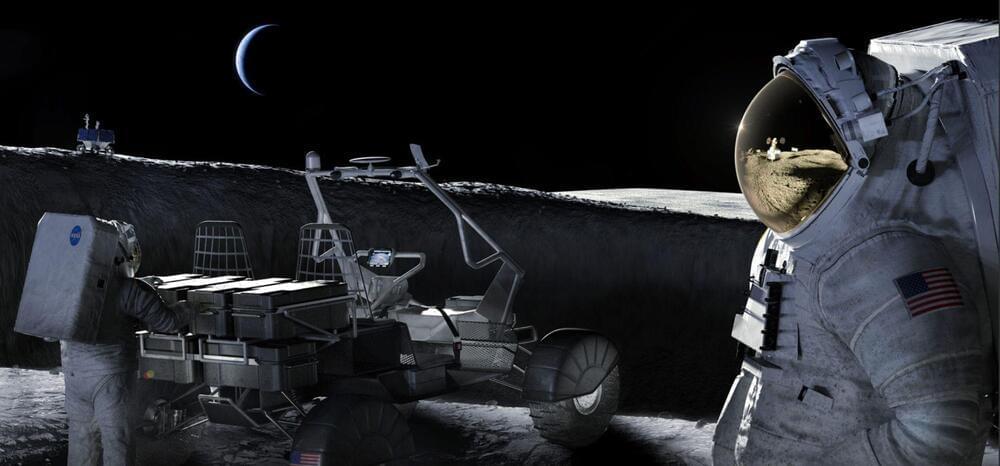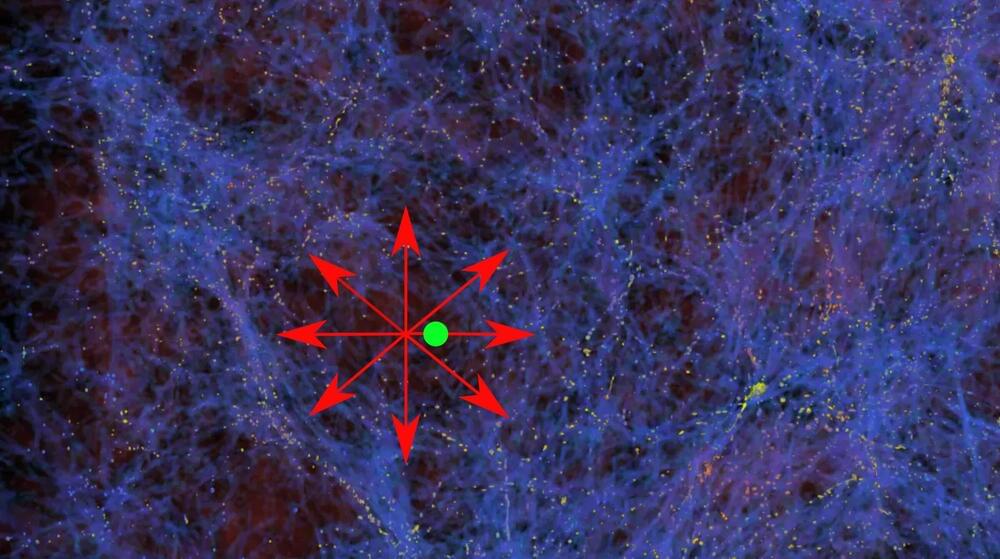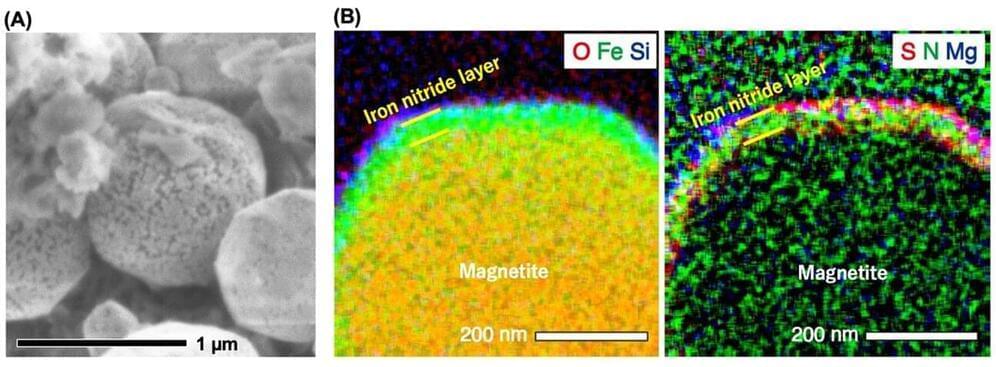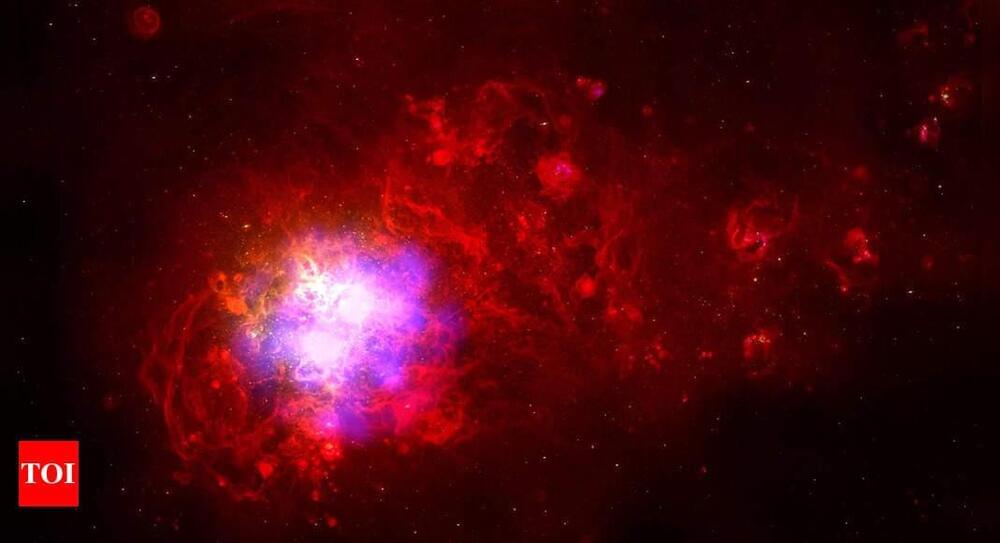Astronomers have discovered a new stellar system in the outskirts of the Milky Way as part of the Kilo-Degree Survey (KiDS). The newfound system, named Sextans II, is most likely an ultra-faint dwarf galaxy. The finding is reported in a paper published November 10 on the pre-print server arXiv.
KiDS is an extensive multi-band photometric survey utilizing the VLT Survey Telescope (VST) at ESO’s Paranal Observatory in Chile. Since 2011, the survey has been mapping 1,350 square degrees of the night sky in four broad-band filters (u, g, r, i). Although KiDS is focused on the assembly of large-scale structures in the universe, it may also detect low-surface brightness extragalactic stellar systems.
That is why a team of astronomers led by Massimiliano Gatto of the Astronomical Observatory of Capodimonte in Naples, Italy, decided to conduct a large-scale search for unknown faint stellar systems with KiDS. For this purpose, they looked for low-luminosity stellar overdensities in the KiDS latest data release (DR4), which brought promising results.
